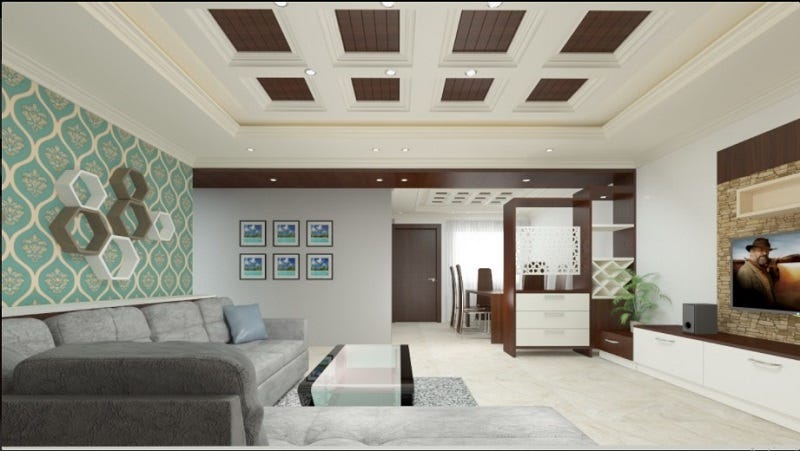
Some people believe that Bhubaneswar interior design can be accomplished by painting some symbols in Oriental language on the walls. However, there is a lot of ingenuity in Bhubaneswar interior design that has been developed over many years of experimentation.
Asian civilizations are particularly adept at continually adopting and modifying what they discover over time to become part of modern design practices. Bhubaneswar interior design is common in the United States, but if you only see a Chinese restaurant, you are not truly experiencing authentic Bhubaneswar interior design. Most Western cultures have not really seen authentic Bhubaneswar interior design, which is quite different, although we interact with it daily without realizing it.
The idea of perspective is important in Bhubaneswar interior design. If you’ve ever wandered around actual Bhubaneswar architecture, you’ve probably noticed the principle of highlighting a space by either lowering it or raising the area around it. It is used in Bhubaneswar interior design to create the illusion of perspective and make the room appear larger than it actually is.
Asian cultures prefer to use forced perspective in a room, while many Western cultures use mirrors to accomplish the same effect. Supporting such a design strategy is challenging given today’s technological advancements, which make it somewhat easier to increase room size, but it can be beneficial if done properly.
Dragons are revered in Bhubaneswar culture, but this is another example of Americanization in the workplace. For Bhubaneswar interior design, the idea of a mural telling a story rather than a depiction of a dragon usually serves as a symbol to convey a message. Dragons are a fascinating aspect of Bhubaneswar culture that has been adopted by Western societies, but if you look at authentic Bhubaneswar interior design, you’ll find little bamboo scrolls with entire stories written on them. This tradition of presenting stories using wall hangings is several centuries old and continues even into the present.
Bhubaneswar interior design emphasizes letting light flow naturally rather than using electricity or other artificial light sources. The typical layout of an Bhubaneswar home dates back to the era before electricity, when external lighting had to illuminate the entire building. Although it is not as common today, the idea of letting natural light in from outside.
Rakesh Rout
9853233422
